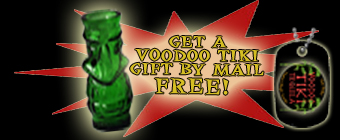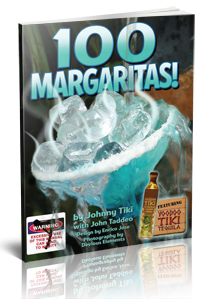The Mayans and Aztecs have been brewing pulque for approximately 1,000 years. It predates tequila by centuries. Rumors swirl that it was 1st found in Africa thousands of years in the past. In the mid twentieth century, beer brands attempted to reflect the ancient alcoholic drink as grimy, not fit for modern-day palates. They prevailed. Pulque had become the refuge of the old and the very poor. It was not classy. It’s been all down hill since.
In the Nineteen-eighties Pulque’s status was low and went on to slide. Twenty years ago, about 20 or so 18 wheelers would come every couple of days to Xochimilco in southern Mexico City to supply pulque, but over time the number is all the way down to 1 or 2. Just 5 pulquerias continued to be in this location, where there had previously been18. It was akin in a large number of other sections of Mexico. Those pulquerias that were left were little stores, supplying a product made by small makers. An enterprise that attempted to bottle and ship pulque in the 1970s discovered that the product continued fermenting in its cans, resulting in exploding cans. Killing your clientele will tequila hand grenades is not totally a accurate technique to ensure a brands survival.
Will pulque rise just as before? Salvation can potentially be on the way for the viscous, naturally carbonated fermented juice of the blue agave. The mystique, tale, and charisma of the still sold over the counter is very intriguing. Dished up in substantial glass jars generally known as flower pots, the soul of the Aztecs is on the surge, sans sacrificial virgins. Has the 2012 Mayan Doomsday, and the “Every thing that’s old is new” mindset circling the globe brought about the resurrecting of pulque? Inside themega-metropolis of Mexico City,on a cozy Saturday afternoon, laid back old-timers can be found throwing back flower pots of pulque with yuppie youth, and wide eyed tourists.
And the concept is increasing. Tequila in all it’s varieties, silver tequila, reposado tequila, anejo tequila and extra anejo tequila has vibrant city hipsters so stoked that nearly anything that perhaps hints of the prominent spirit is in demand. Twenty somethings have taken to the retro drink as some form of old style, subversive return to tequila root beginnings, and are getting their Azteca on in masses. Tequila is so hot that whatever that touches it grabs attention. These days the pulque this is most well-liked is termed curado, or cured, with the agave sap infused with fresh juices of strawberry or guava or celery. Like a smoothie, with a kick.
Fashionable Mexicans, have begun to get into their cultural heritage for their cutting edge “Old” cocktail of choice from way back. As outlined by a “Letter From Mexico City” in the Washington Post, the ultra-modern amazing cocktail for twenty-somethings in Mexico City is pulque, a white alcoholic smoothy fabricated from the fermented liquid of the maguey. You might say, pulque is to tequila what beer is to whiskey: frothier, older, and lower in alcohol. Its raw, fresh-brewed and expanding in use by the day.
Although, when Anthony Bourdain tasted pulque on his television show No Reservations, he unveiled pulque as low brow hooch, calling it “as delicious and nutritious as Ryan Seacrest’s love juice.” – Yuck.
Pulque curado and the expansion of the adventure of pulque has re-energized and totally replaced the impression of the pulqueria, a entirely modern, and old concept bar sprouting up in key cities everywhere you go, with very unique clients than the poor country side indian natives or Human Sacrificing Aztec Priests. The changes have breathe brand new life to pulque.
Weird that the rise of pulque correlates with the 2012 Mayan Doomsday. Maybe it’s a signal. Beware, the dead walk. Hide your virgins.



